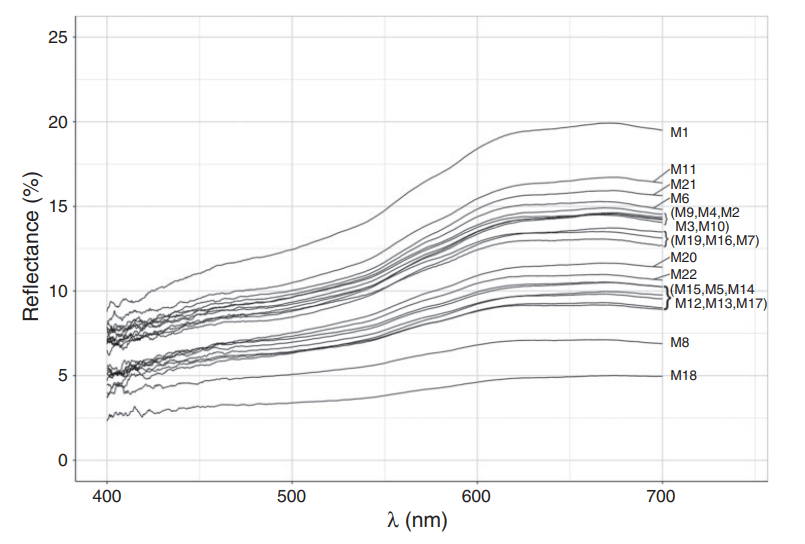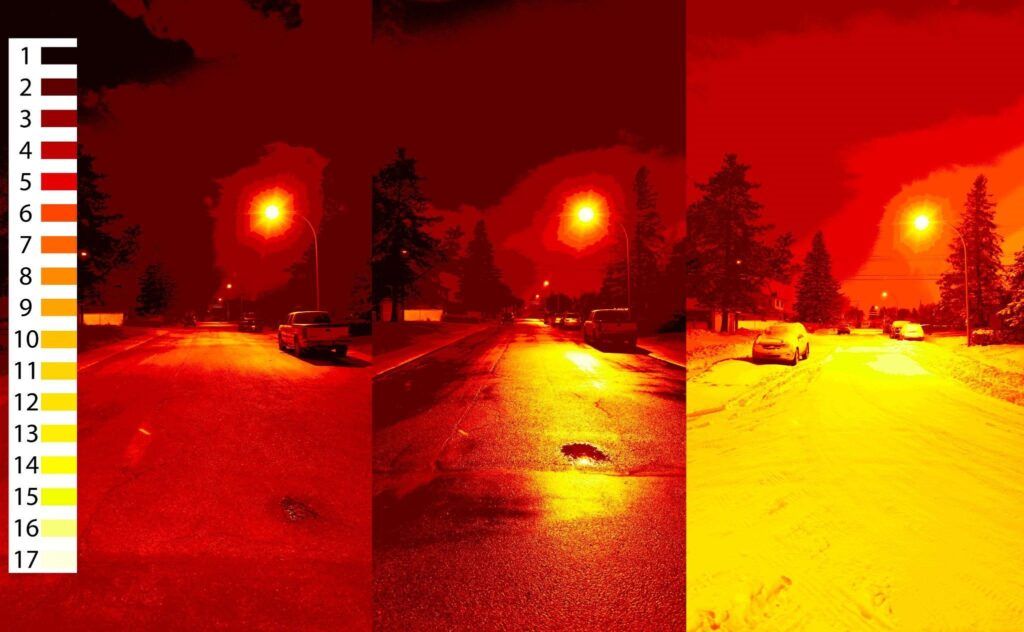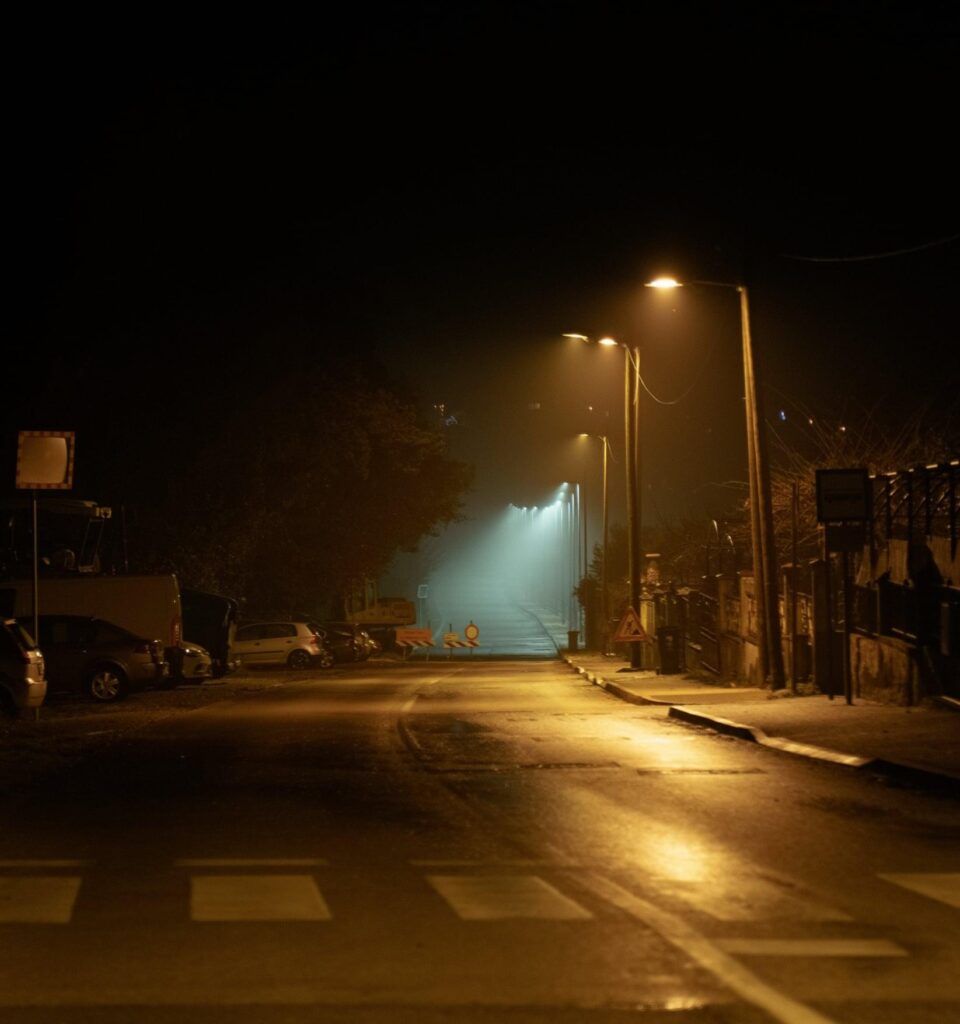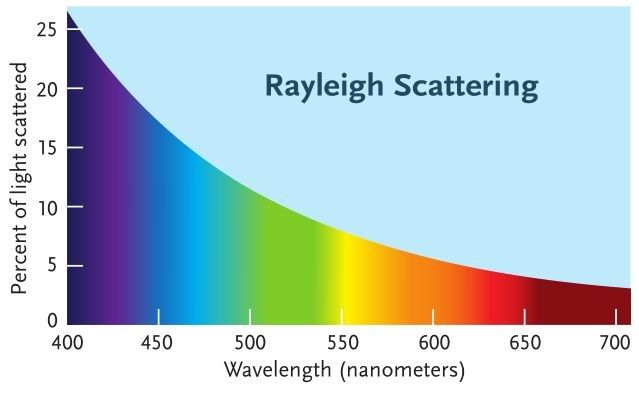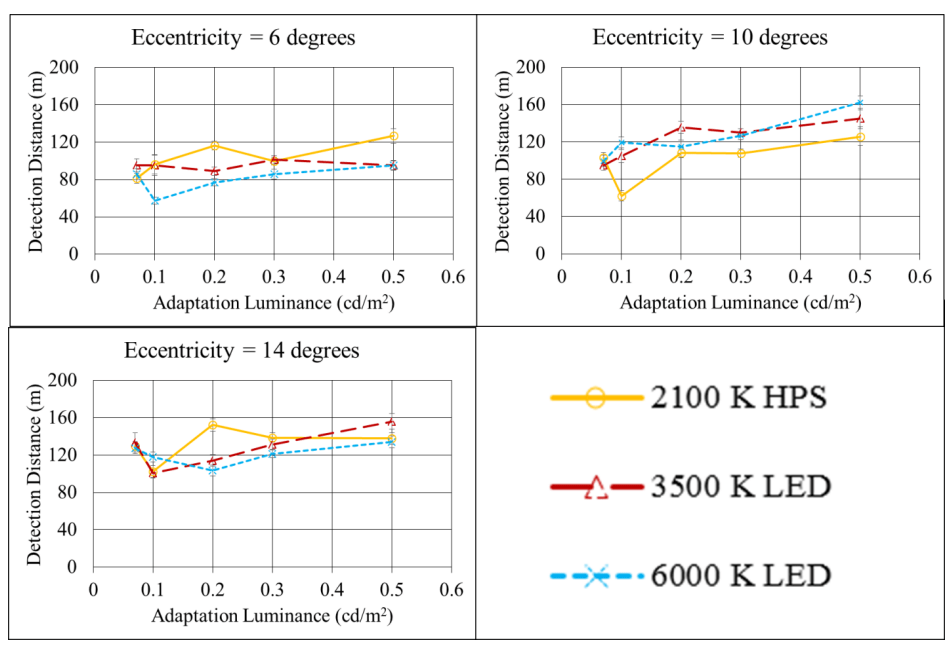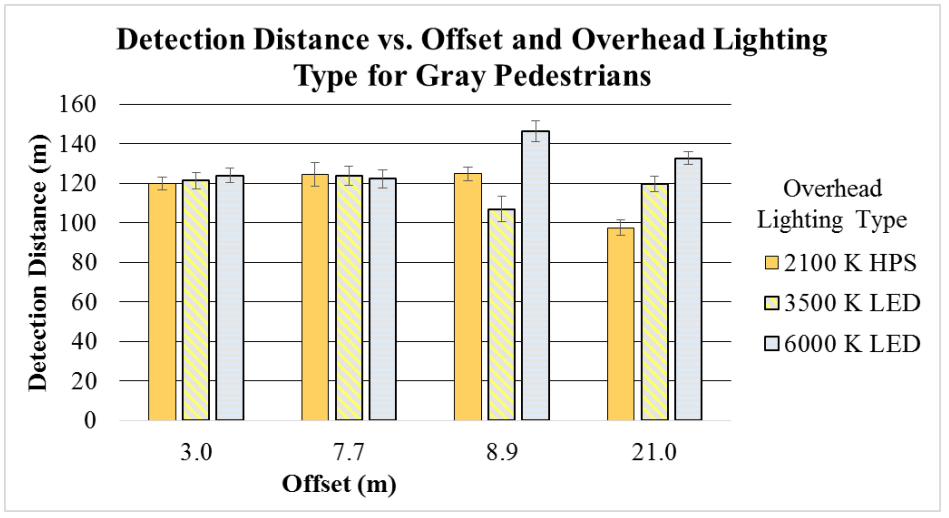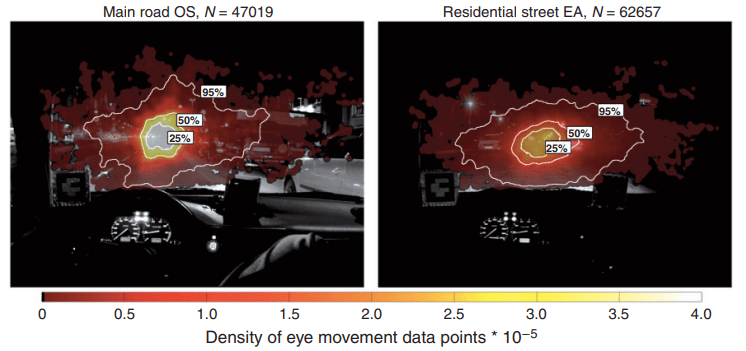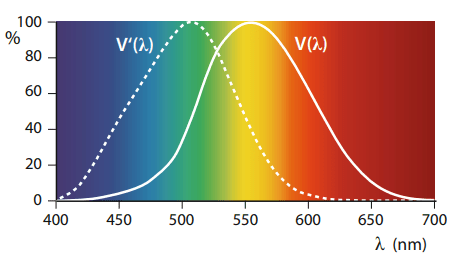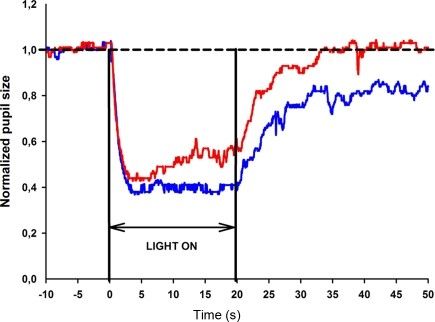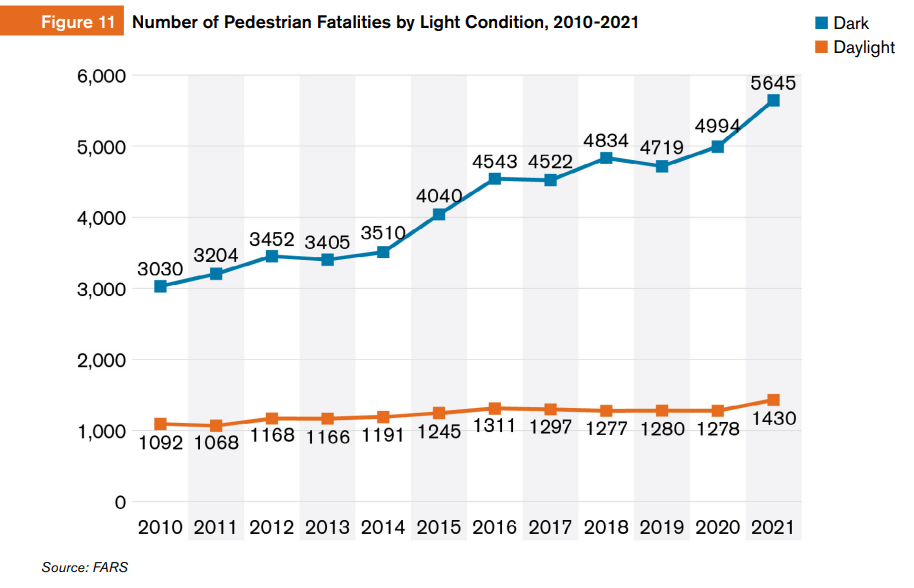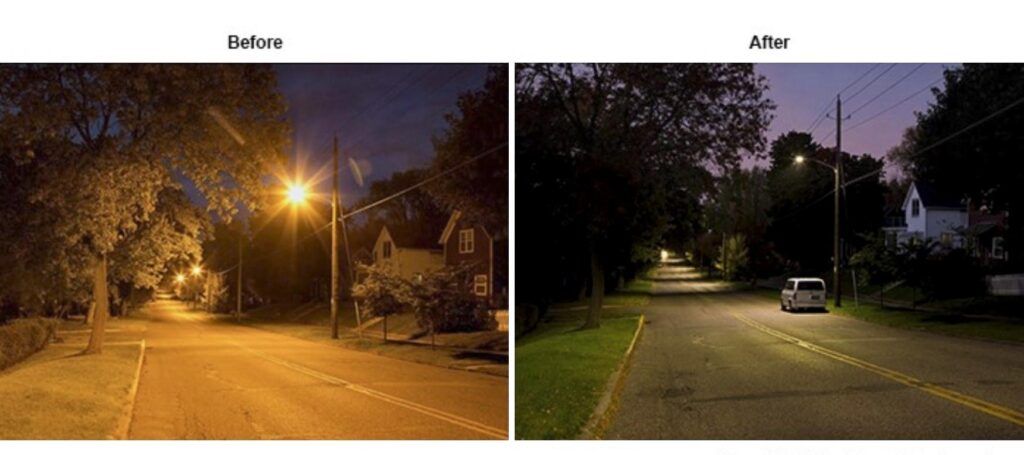By Noah Sabatier
If every installation of an outdoor LED fixture was compared to scoring in sports, the crowd would rise with a resounding cry of “my eyes!”. Of course, LEDs aren’t alone in this issue, nor does any source of light need to produce blinding glare. There is much talk from voices within the lighting industry concerning the goal of minimizing glare. The past decades however have seen a redirection in fixture design with the result of increased glare. A disturbing amount of marketing for lighting, and even some professional research, has appropriated brightness to represent good lighting. This one-dimensional sentiment has been used to market a great deal of visually harsher lighting, under the belief that brighter means better. Unbeknownst to many, glare has come along for the ride.
The alignment of glare and perceived brightness is no mistake. The perception of brightness within human vision is rarely, if ever, an actual representation of objective light levels. Rather it is a feeling of varying discomfort with great subjectivity, in this case it represents the presence of glare. Perceptions of brightness are generally driven by the luminance of a light fixture, dependent on spectrum. In other words, a high-luminance fixture illuminating 100 square feet would be perceived as brighter than a low-luminance fixture illuminating 1000 square feet. To the untrained observer this would result in the first scene being perceived as brighter, and possibly rated as better lighting.
This betrayal of the visual perception system doesn’t end there however, as presented in another hypothetical case. Contrast is a key factor in perceptions of glare and brightness. For example, we have 2 roadways; roadway A is illuminated to 1 candela per square meter (cd/m²) while roadway B is illuminated to 0.3 cd/m². The streetlight fixtures on both roadways A and B have a luminance of 100,000 cd/m² from the position of the viewer. As in the previous scenario, the light fixtures are the highest luminance in the scene and drive perceptions of brightness through glare. Due to the increased contrast between the streetlights and roadway B, the streetlights on roadway B would often be perceived as brighter than those of roadway A. To the untrained observer, this perception will often extend to believing that the overall scene is brighter. This scenario is surprisingly common within the lighting field, where a lamp that puts less light on the ground is perceived as brighter due to lower levels of background luminance.

The previous scenarios may sound odd, so let’s examine the properties of glare. There are two primary types of glare to consider in outdoor lighting. Discomfort glare is a subjective sensation of discomfort caused by light. It is measured on the De Boer scale from ‘barely perceptible’ to ‘intolerable pain’, with a lower De Boer rating representing more glare. Disability glare is an objective measurement of glare, based on the scattering of light within the eye. This scattering creates a wall of light within the eye, physically obstructing vision.
Despite sounding less significant, discomfort glare poses a serious safety risk. Glare-aversion responses, driven by discomfort, result in avoidance of the visual tasks needed to safely navigate an environment. Discomfort glare also results in stress and fatigue due to repeated physical overloading of the brain’s visual system, stress and fatigue being collision factors for drivers. In lesser cases, this makes discomfort glare a general distraction similar to other ‘mild stresses’ such as uncomfortable temperatures. Several factors determine the level of glare that a light fixture produces.
Firstly, shorter wavelengths of light drive stronger reactions of discomfort glare. This spectral dependance of glare has been studied as early as the 1960s for roadway lighting applications. For disability glare, shorter wavelengths of light show a slight increase in glare but overall, there is not a significant dependance on light spectrum. Using longer wavelengths of light, such as yellow or amber, is necessary to minimize discomfort glare.

Secondly, the luminance, background contrast and uniformity of a light source drive perceptions of discomfort glare. Great difficulty has been experienced in obtaining consistent results during attempts to quantify discomfort glare. Methods have ranged from subjective ratings such as the De Boer scale, to more objective tests such as pupil response and even brain scans searching for mechanisms of discomfort. With the advent of LEDs and widespread appearance of non-uniform light fixtures, traditional models such as the Unified Glare Rating failed. New studies have been conducted, with unanimous findings that non-uniformity increases discomfort.

Increases in luminance and source size result in greater discomfort glare with some models showing a linear relationship between the 2. Mathematically one may get the misimpression that this makes the size of light sources a non-factor, since lowering luminance while maintaining light output requires a larger source. This is untrue however, as research has shown that diffusing a high-intensity light source into a larger, lower-intensity light source reduces discomfort greatly. For one study, an LED exceeding 1,000,000 cd/m² was diffused to a larger surface area to produce 50,000 cd/m² and then 15,000 cd/m². Despite the illuminance on the subject remaining constant, the LED source became less glaring and more tolerable as it became larger and individual diodes were amalgamated into one source of light.


Experimental results with De Boer glare ratings (7 = Satisfactory, 3 = Disturbing).
This result echoes the current understanding of discomfort glare in biology and psychology, with the physical overloading of the visual system at multiple levels resulting in discomfort. Of specific importance for the lighting field is that the saturation of cone photoreceptors triggers discomfort. This makes the cone saturation threshold a point of sharp rise in discomfort that many glare models miss. This is possibly because the saturation of cone cells cannot happen under steady light, rather a sudden appearance is required. This complexity is compounded by the situational variance of the cone saturation threshold, based on the pre-exposure adaptation level. Another driver of overall visual discomfort is contrast. Research has found that images containing high-contrast result in discomfort, despite the actual luminance being far below what would be recognized as a glare trigger.
Outdoor area lighting rarely escapes the problem of excessive and uncontrolled luminance. Both HID and LED lamps produce incredible volumes of light from relatively tiny emittance areas, ensuring that unacceptable levels of glare will be produced without a proper fixture. HID fixtures often escaped this issue to some degree through the necessity of large reflectors and lenses, naturally diffusing the lamp’s luminance. While many lighting designers view these mechanisms as an inefficiency, mechanisms of this nature are required to mitigate glare from a light fixture. A variety of designs are possible, but the requirement remains a minimized and uniform luminance level. A business wouldn’t want their customers to walk into (and immediately out of) a sweltering store. In this same regard, lighting designers shouldn’t want their customers to experience visually disturbing levels of glare – even if it means that lamps must be larger and perceived as dimmer.
Noah Sabatier is a photographer and lighting researcher that is dedicated to advocating for better outdoor lighting. Noah has spent the past 5 years living with a night shift sleep schedule, during this time he realized that the streetlights in his city were far from optimal – and recent changes had only made them worse. He has spent the past 2 years extensively reviewing scientific literature and technical documents alongside others advocating for better lighting. Noah is now working to raise awareness of common misconceptions that lead to bad lighting and the better practices needed to solve this problem.
Reach him at: noahsabatierphoto[at]gmail.com
Works Cited:
Teppei KASAHARA, Daisuke AIZAWA, Takashi IRIKURA, Takayoshi MORIYAMA, Masahiro TODA, Masami IWAMOTO, Discomfort Glare Caused by White LED Light Sources, Journal of Light & Visual Environment, 2006, Volume 30, Issue 2, Pages 95-103, Released on J-STAGE October 23, 2006, Online ISSN 1349-8398, Print ISSN 0387-8805, https://doi.org/10.2150/jlve.30.95
Bullough, J., “Luminance versus Luminous Intensity as a Metric for Discomfort Glare,” SAE Technical Paper 2011-01-0111, 2011, https://doi.org/10.4271/2011-01-0111
Dee, P. 2003. The Effect of Spectrum on Discomfort Glare [thesis]. Troy, NY: Rensselaer Polytechnic Institute.
Bullough, JD, Skinner, NP, Pysar, RP, Radetsky, LC, Smith, AM, Rea, MS. 2008a. Nighttime Glare and Driving Performance: Research Findings, DOT HS 811 043. Washington, DC: National Highway Traffic Safety Administration.
Wilkins A. A physiological basis for visual discomfort: Application in lighting design. Lighting Research & Technology. 2016;48(1):44-54. doi:10.1177/1477153515612526
van Bommel, W. (2013). Glare. In: Luo, R. (eds) Encyclopedia of Color Science and Technology. Springer, New York, NY. https://doi.org/10.1007/978-3-642-27851-8_125-3
Steven K. Shevell, Saturation in human cones, Vision Research, Volume 17, Issue 3, 1977, Pages 427-434, ISSN 0042-6989, https://doi.org/10.1016/0042-6989(77)90035-9.
L.M. Geerdinck, J.R. Van Gheluwe, M.C.J.M. Vissenberg, Discomfort glare perception of non-uniform light sources in an office setting, Journal of Environmental Psychology, Volume 39, 2014, Pages 5-13, ISSN 0272-4944, https://doi.org/10.1016/j.jenvp.2014.04.002.
Mesopic Street Lighting Demonstration and Evaluation Final Report for Groton Utilities Groton, Connecticut Prepared by Peter Morante Lighting Research Center Rensselaer Polytechnic Institute Troy, New York
Haigh SM, Barningham L, Berntsen M, Coutts LV, Hobbs ES, Irabor J, Lever EM, Tang P, Wilkins AJ. Discomfort and the cortical haemodynamic response to coloured gratings. Vision Res. 2013 Aug 30;89:47-53. doi: 10.1016/j.visres.2013.07.003. Epub 2013 Jul 15. PMID: 23867567.
Bargary G, Furlan M, Raynham PJ, Barbur JL, Smith AT. Cortical hyperexcitability and sensitivity to discomfort glare. Neuropsychologia. 2015 Mar;69:194-200. doi: 10.1016/j.neuropsychologia.2015.02.006. Epub 2015 Feb 7. PMID: 25659503.
Suzuki Y, Minami T, Laeng B, Nakauchi S. Colorful glares: Effects of colors on brightness illusions measured with pupillometry. Acta Psychol (Amst). 2019 Jul;198:102882. doi: 10.1016/j.actpsy.2019.102882. Epub 2019 Jul 6. PMID: 31288107.
